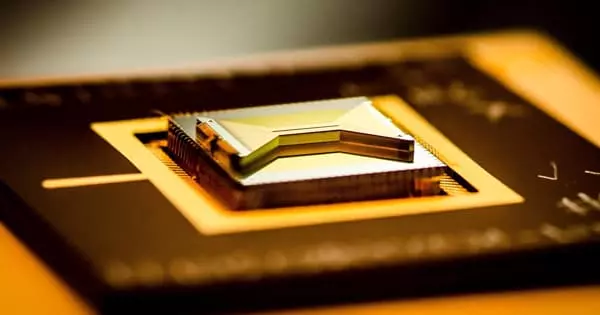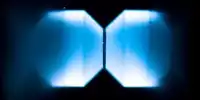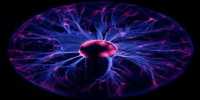Laser beams can do more than just heat up objects; they can also cool them down. For physicists who have dedicated their careers to precision spectroscopy and the development of optical atomic clocks, this is nothing new. But what is novel is the extremely low temperature reached by researchers at the QUEST Institute at the Physikalisch-Technische Bundesanstalt (PTB) with their highly charged ions – this type of ion has never been cooled down to 200 µK before. The team that worked on it was successful because they combined their established methods, such as laser cooling of coupled ions, with methods from the field of quantum computing.
The use of quantum algorithms ensured that ions that were too dissimilar for traditional laser cooling to work effectively could be cooled down together after all. This means we’re getting closer to an optical atomic clock with highly charged ions, and this clock could be even more accurate than existing optical atomic clocks. The findings have been published in the current issue of Physical Review X.
We were able to extract so much energy from the pair of ions consisting of a singly charged beryllium ion and a highly charged argon-ion that their temperature eventually dropped to only 200 K.
Lukas Spieß
If you want to investigate particles like ions with extreme precision (for example, using precision spectroscopy or measuring their frequency in an atomic clock), you must slow them down as much as possible. The most extreme standstill corresponds to the lowest possible temperature, which means you must cool them down as quickly as possible. Laser cooling is a well-known high-tech cooling method.
The particles are slowed down by lasers that have been skillfully arranged in this method. However, not every particle is suitable for this method. That is why, for a long time, pairs of coupled ions have been used at the QUEST Institute to overcome this: Lasers cool one ion (called the “cooling ion” or “logic ion”) while cooling its coupled partner ion, which can then be studied spectroscopically (hence, it is called the “spectroscopy ion”).

However, this method has previously always reached its limits when the two ions’ charge-to-mass ratios differed by too much – that is, when they were very different in mass and very differently charged. “However, it is now these very ions that are particularly interesting for our research, for example, in developing novel optical clocks,” QUEST physicist Steven King explains.
He and his team used the quantum computing researcher’s toolkit because they are naturally very experienced in applying the laws of quantum mechanics (coupled cooling is, after all, based on quantum laws). Quantum algorithms, or computer operations based on manipulating individual quanta, can only be used to perform calculations faster than ever before with a quantum computer. They can also aid in the extraction of kinetic energy from the mismatched ion pair. During the process of so-called algorithmic cooling, quantum operations are used to do just that: to transfer energy from the barely coolable motion of the spectroscopy ion to the easily coolable motion of the logic ion.
“We were able to extract so much energy from the pair of ions consisting of a singly charged beryllium ion and a highly charged argon-ion that their temperature eventually dropped to only 200 K,” said one of QUEST’s Ph.D. students, Lukas Spieß. Such a group has never been so close to total oblivion (as in: so motionless). “We also discovered an unprecedentedly low level of electric-field noise,” he added. When the cooling stops, this noise normally causes the ions to be heated, but it turns out that this is especially low in their apparatus.
Combining these two things means that the final major hurdle in their path has been cleared, and an optical atomic clock based on highly charged ions can now be built. This atomic clock could achieve an uncertainty of less than 10-18. Only the best optical atomic clocks in the world can currently achieve this level of performance. These findings are also extremely important for the development of quantum computers and precision spectroscopy.














